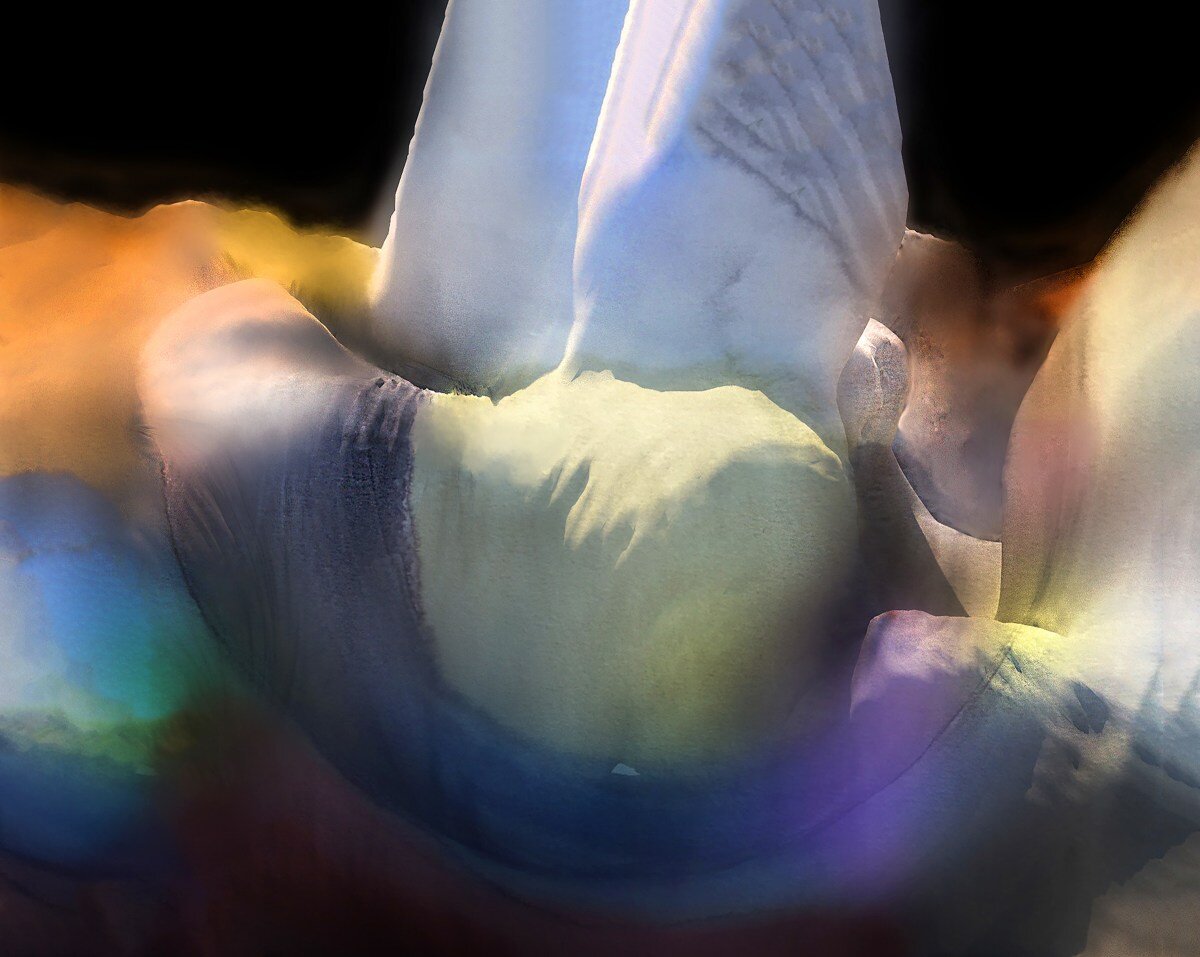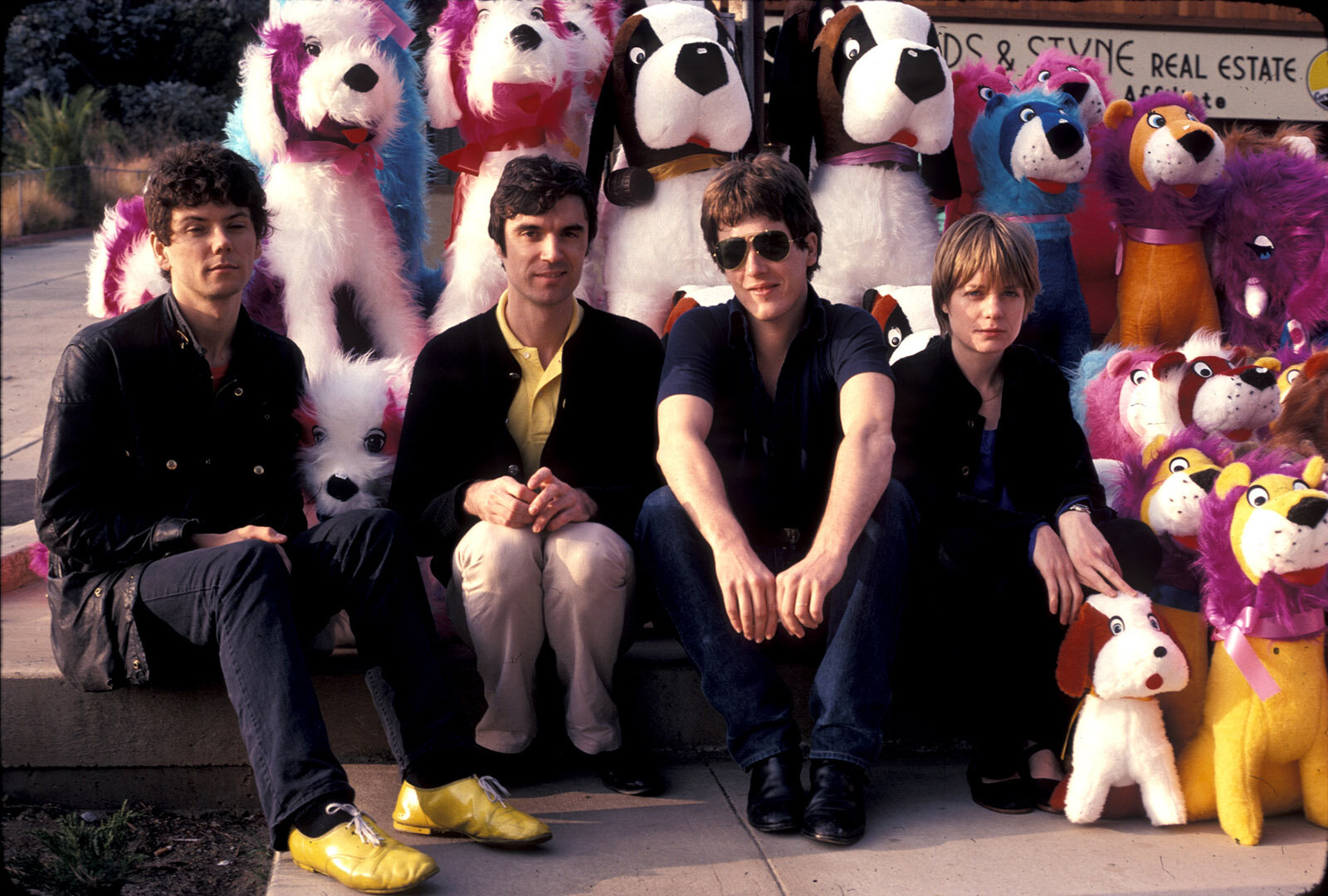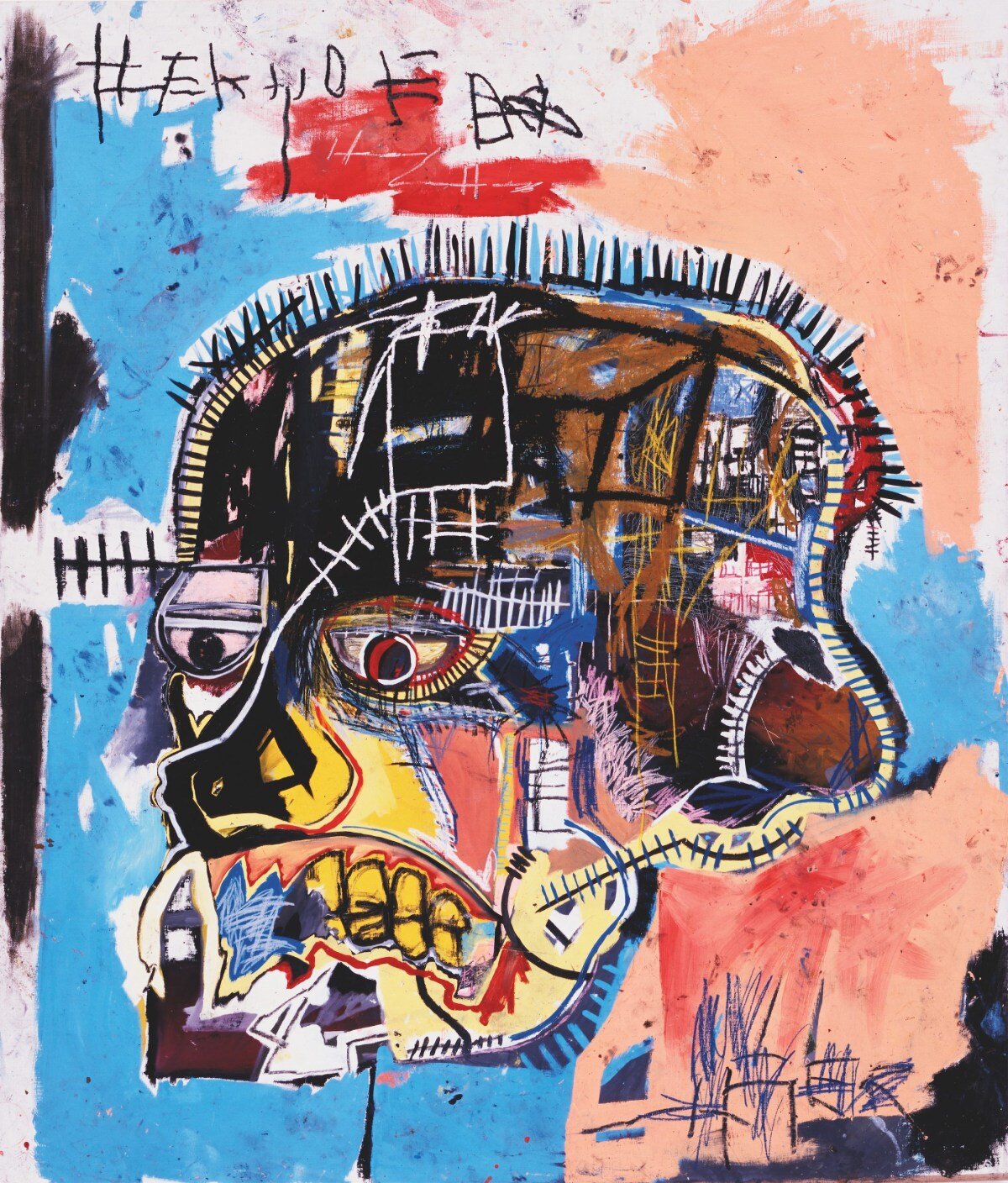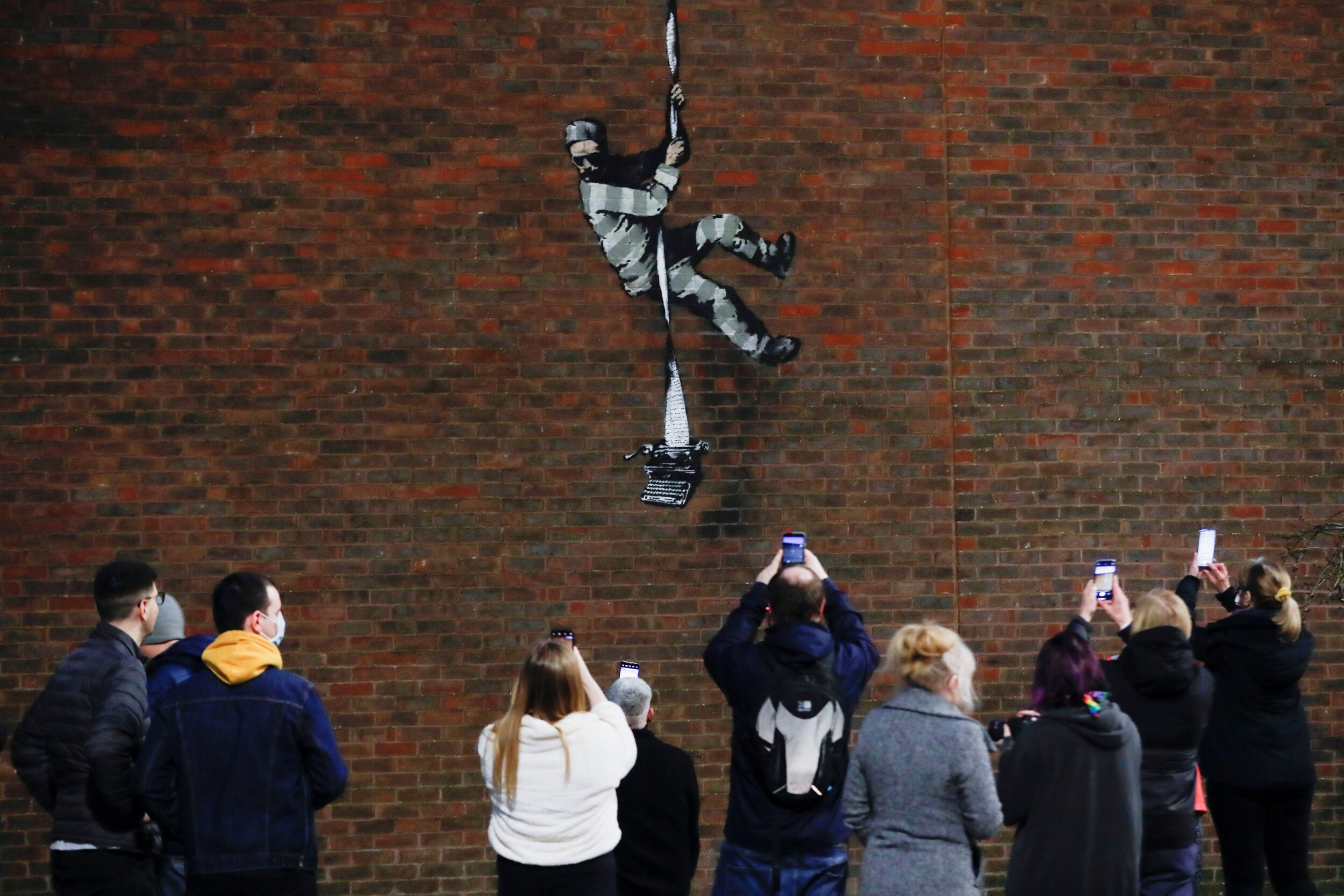I have thought a great deal about how this past year of Covid time has made us all acutely aware of the weather and our natural environment. As we all know, our mood and disposition on any given day or time of the year is significantly impacted by the weather, the light, the temperature, and our access to the outdoors. Before the pandemic, the weather was not on my radar, at least not as much as it is now. I took for granted, for example, that I could escape the cold of winter by planning a vacation getaway, or if need be, spend a rainy day indoors with friends, or go to the movies, the gym, a group yoga class, or a museum. But as we all collectively avoid spending time indoors with groups, our immediate outdoors becomes our “playground”— nature controls much more of how we get to enjoy our socially distanced lives.
In the morning, I know I am not alone in immediately checking the weather forecast. We check to see what kind of temperature to expect, and to see how that weather may shape/alter/interfere with our plans and limited range of activities. In my world, if it is over 6C and not raining, I will go motorbiking. If the weather proves clearer in the morning, that is when I will plan my run. If the day looks like it may be cooler, I will bundle up and walk, etc.. etc.. I’ve even postponed a Zoom class when it was an especially sunny day. “Get out and enjoy this day.. we may not see the sun again for a while” I’ve found myself saying.
I found this deliberate arrangement of natural objects along the English Bay seawall close to home while on a morning run. There were a dozen or more of these “sculptures” placed anonymously by someone (I would call them an artist) and were successful in capturing the attention of passers by and creating a dialogue with the surrounding environment.
Land artists and earth artists have always worked to draw our attention back to the natural environment we inhabit, and I have a new appreciation for how the movement negotiates and frames the sometimes difficult to describe changes and contingencies that shape our human condition (whether we like it or not). This past week, I happened upon some small land art objects on the seawall while on a morning run. There were probably a dozen or more of these works placed with care along the wall, presumably by an artist or other creative soul, and I was struck by how many people stopped (including me) to engage with and examine the arrangements. Importantly, the objects were all taken from the immediate environment, but in their re-ordering, the mini sculptures took on new meanings and reinvigorated the connection of the audience to the natural world around them.
In one of my classes this week, I have challenged students to go out in their own backyard and create such a small land art intervention. The video below, created with land artist Andy Goldsworthy, is part of an art assignment I am using for the activity. I am looking forward to seeing what they all come up with, and I too will be taking more opportunities to appreciate how thoroughly connected we all are to our natural environment. As Goldworth states, “We often forget that WE ARE NATURE. Nature is not something separate from us. So when we say that we have lost our connection to nature, we’ve lost our connection to ourselves.” I hope you too may be inspired to make your own land art work in the coming weeks and months as we enter a new season. You never know who’s eyes you may be opening, and who’s day you may be making a little brighter.












